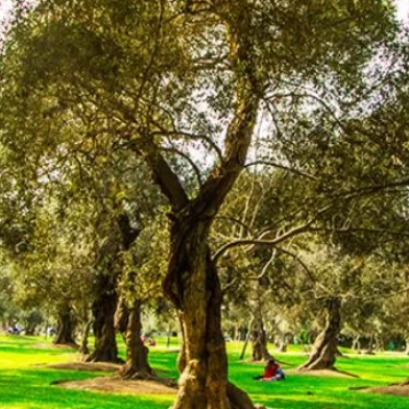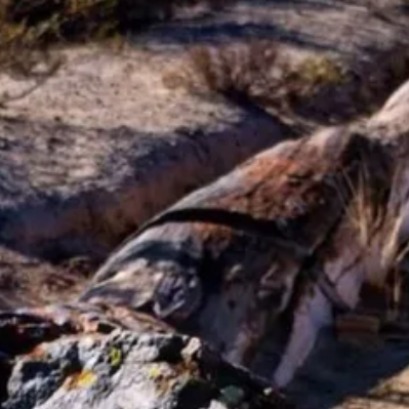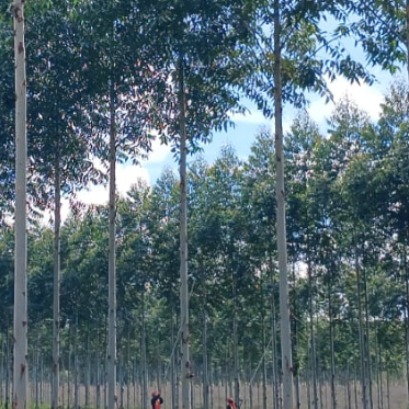
Plan Estratégico 2017/2030 de Naciones Unidas para los Bosques
Se firmó el compromiso con el Plan en el marco del Seminario Argentina 2030: la Oportunidad de la Foresto-Industria, organizado por AFOA.
AFOA realizó el Seminario “Argentina 2030: la Oportunidad de la Foresto-Industria” en el Campo Argentino de Polo, en el que se abordaron temas estratégicos para el sector.
En el marco del evento se firmó el compromiso para los Bosques, por el cual los representantes de las entidades de la cadena de valor foresto industrial manifiestan compartir la visión de “un mundo en el que todos los tipos de bosques y los árboles fuera de los bosques se gestionen de manera sostenible, contribuyan al desarrollo sostenible y proporcionen beneficios económicos, sociales y ambientales para las generaciones presentes y futuras”.
Participaron de la firma el Secretario de Agricultura y Ganadería, Guillermo Bernaudo, el Secretario de Ambiente Diego Moreno y el representante de FAO en Argentina, Francisco Yofre. En representación de FAIMA participó Pedro Reyna, Secretario General.
Por su parte, el Ministro de Agroindustria, Dr. Luis Miguel Etchevehere expresó en el evento: “La foresto industria tiene un potencial multidimensional que está en la agenda del gobierno nacional. El crecimiento de este sector nos permitirá encarar más construcciones de viviendas en madera, generar energía a través de la biomasa, multiplicar los puestos de trabajo y seguir desarrollando las economías regionales a través del agregado de valor”.

IT MAY INTEREST YOU
 The city in South America that breathes thanks to a thousand olive trees planted in the 17th century
The city in South America that breathes thanks to a thousand olive trees planted in the 17th century
In the heart of South America there is a city that, among the noise and concrete, still breathes thanks to an olive forest
 The forest of the oldest shadows: the story of the petrified trees
The forest of the oldest shadows: the story of the petrified trees
One of the natural treasures of Río Negro turns 23 years old under the protection law that allows its conservation. Where it is and how it was formed. Río Negro celebrates 23 years of conservation in the petrified forest as a Protected Natural Area (ANP). It is a space of 625 hectares that protects an exceptional site of fossil trunks that date back more than 60 million years.
 Paraguay | The plantations became instruments of territorial development and the generation of decent employment, INFONA highlights.
Paraguay | The plantations became instruments of territorial development and the generation of decent employment, INFONA highlights.
Plantings in different phases, control of ants and weeds, pruning and thinning, mechanized harvest, technology applied to the field and complete integration of the production cycle were part of the CREA Forestal proposal in its Technical Update Conference – JAT Forestal 2025. The event took place on Friday, November 14, at Estancia Ñemity, located in San Juan Nepomuceno, Caazapá, where agricultural producers, technicians, contractors, students and companies in the sector met to observe the forestry business of the future in action.





















